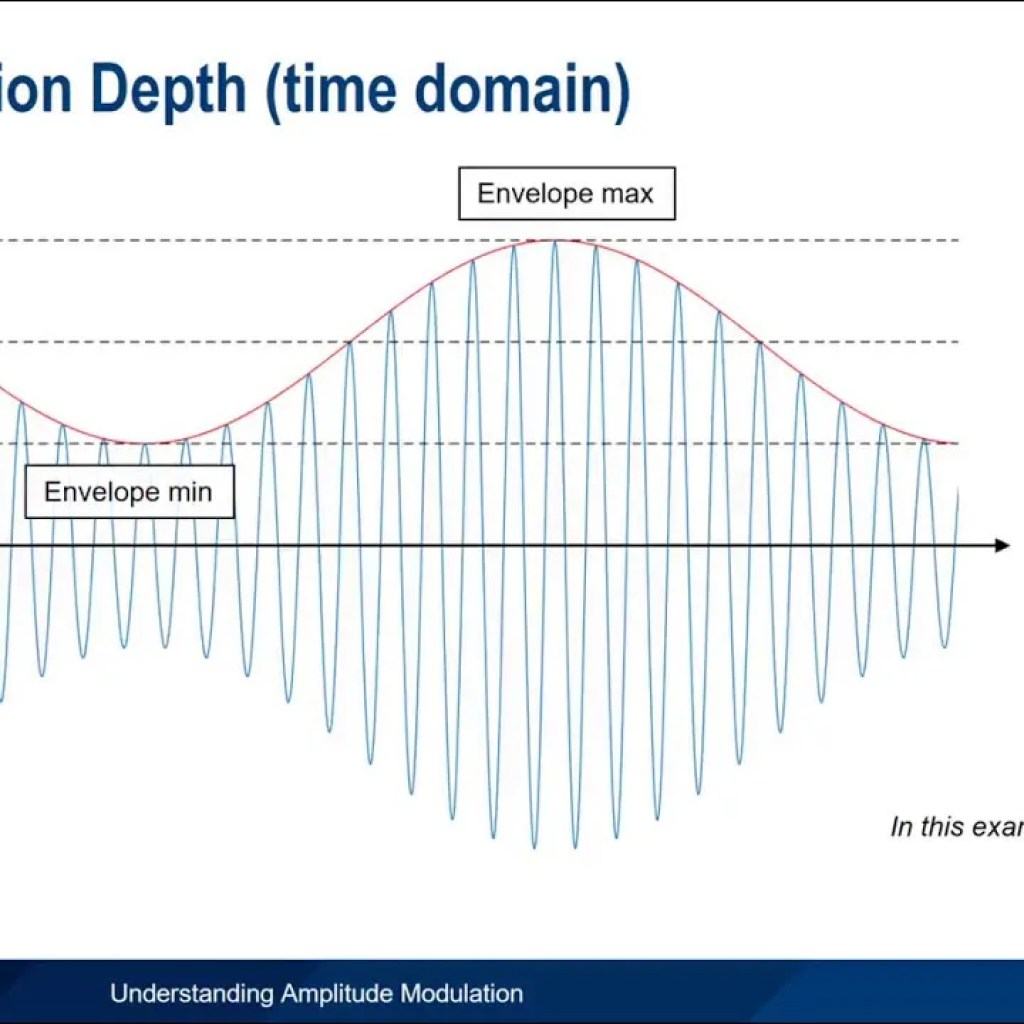Contents

Source: YouTube
Understanding Modulation Depth in Saturable Absorbers
Modulation Depth Explained
Modulation depth is a crucial parameter in the realm of photonics, particularly when dealing with optical modulators. It is defined as the modulation amplitude divided by the mean value of a sinusoidally modulated quantity. A modulation depth of 100% signifies that the minimum value is zero, and the maximum is twice the mean value.
Significance in Saturable Absorbers
When it comes to saturable absorbers in lasers for applications like passive mode locking or Q-switching, modulation depth refers to the maximum change in absorption or reflectance induced by incident light of a specific wavelength. This parameter plays a vital role in the design of passively mode-locked lasers. A higher modulation depth results in more pronounced pulse shaping by the saturable absorber, leading to shorter pulse durations and reliable self-starting mechanisms. However, it can also introduce unwanted Q-switching instabilities.
For semiconductor saturable absorber mirrors (SESAMs), the modulation depth is typically defined as the maximum light-induced change in reflectance, with values varying based on the operational wavelength. In mode-locked bulk lasers, a modulation depth of around 1% is common, while mode-locked fiber lasers often require substantially higher values, typically around 10%. The achieved modulation depth is a significant fraction of the unsaturated reflectance loss caused by the integrated absorber. Various factors can influence modulation depth, such as absorber thickness, design features, and operation in different laser types.
Enhancing Modulation Depth
To increase modulation depth, strategies like utilizing thicker absorbers or multiple thin absorbers can be employed. Additionally, design features such as anti-resonant designs that reduce optical intensity within the absorber can impact modulation depth. Understanding and optimizing modulation depth in saturable absorbers are essential for achieving desired laser performance and stability.

Source: YouTube
Feel free to comment your thoughts.



